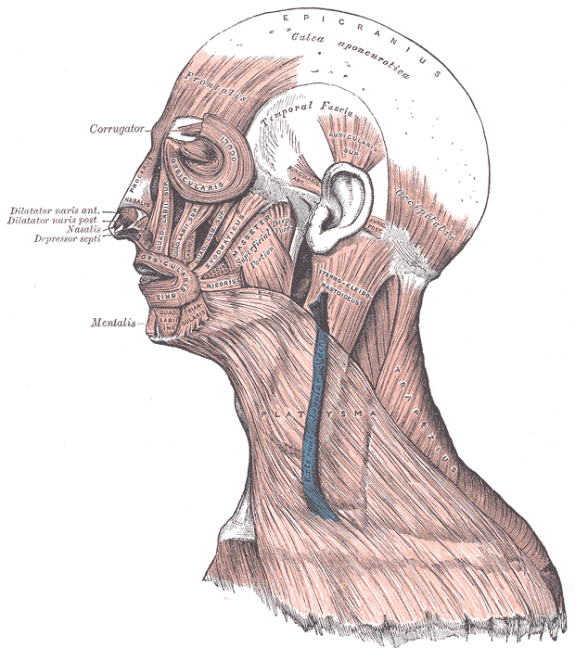I am a big fan of fascia and a significant portion of my practice focuses on the manipulation of fascia and the scars that bind and mis-connect it. The short answer of what fascia is comes from one of my instructor back in massage school who said, “It’s the bag we walk around in”. In more scientific terms fascia is the tissue that separates and contains the structures of the body allowing coherent movement of, and glide between, those structures while contributing to efficient movement and function.
Fascia is integral to posture because as our body takes on habitual positions and movements our body reorganizes itself to accommodate those patterns and increase its efficiency. The body will bind and shorten fascia to help passively maintain altered posture so that it doesn’t have to use muscle to hold position. However, because fascia encloses those muscles, they can become shortened and thickened as they are crowded into the new form of their “bag”. Overall muscle health and function can be decreased by these changes.
The kind of traditional stretching most of us learned in gym (elongate one segment of the body and hold 30 seconds) is aimed at muscle. Muscles generally stretch over one, or at most two, joints and adapts very quickly to input. Not a bad thing to do to re-establish length in a muscle that has been busily contracting in activity. The limitation of this type of stretching to help alter posture that it is to short to impact fascia – both in time and scope. Good fascial stretching involves prolonged time intervals (2+ minutes) and multiple, sequential segments, if that sounds familiar you may be a yoga practitioner.
Yoga promotes long stretches in combined movements of multiple body parts. These movements mirror functional and fascial connections in the body and help us counteract the limitations created by repetitive movements and poor posture. Kathryn Kusyszyn, an excellent instructor and part of my self-care team, is leading a series of workshops entitled, yoga for scoliosis. In her practice and teaching she has focused on the use of yoga to balance and untwist the patterns of scoliosis. The workshops she is offering a good foundation not only for those with scoliosis but also for anyone who finds their body to be unbalanced from side to side – which is the majority of people. We all have dominant sides and chronic postures that tend to push us out of symmetry and balance. Kathryn’s workshops will help you begin to find tools to undo that imbalance and move yourself toward symmetry.
Sheila Hobbs, RMT
Modalities Massage Therapy
http://www.modalitieswellness.com


